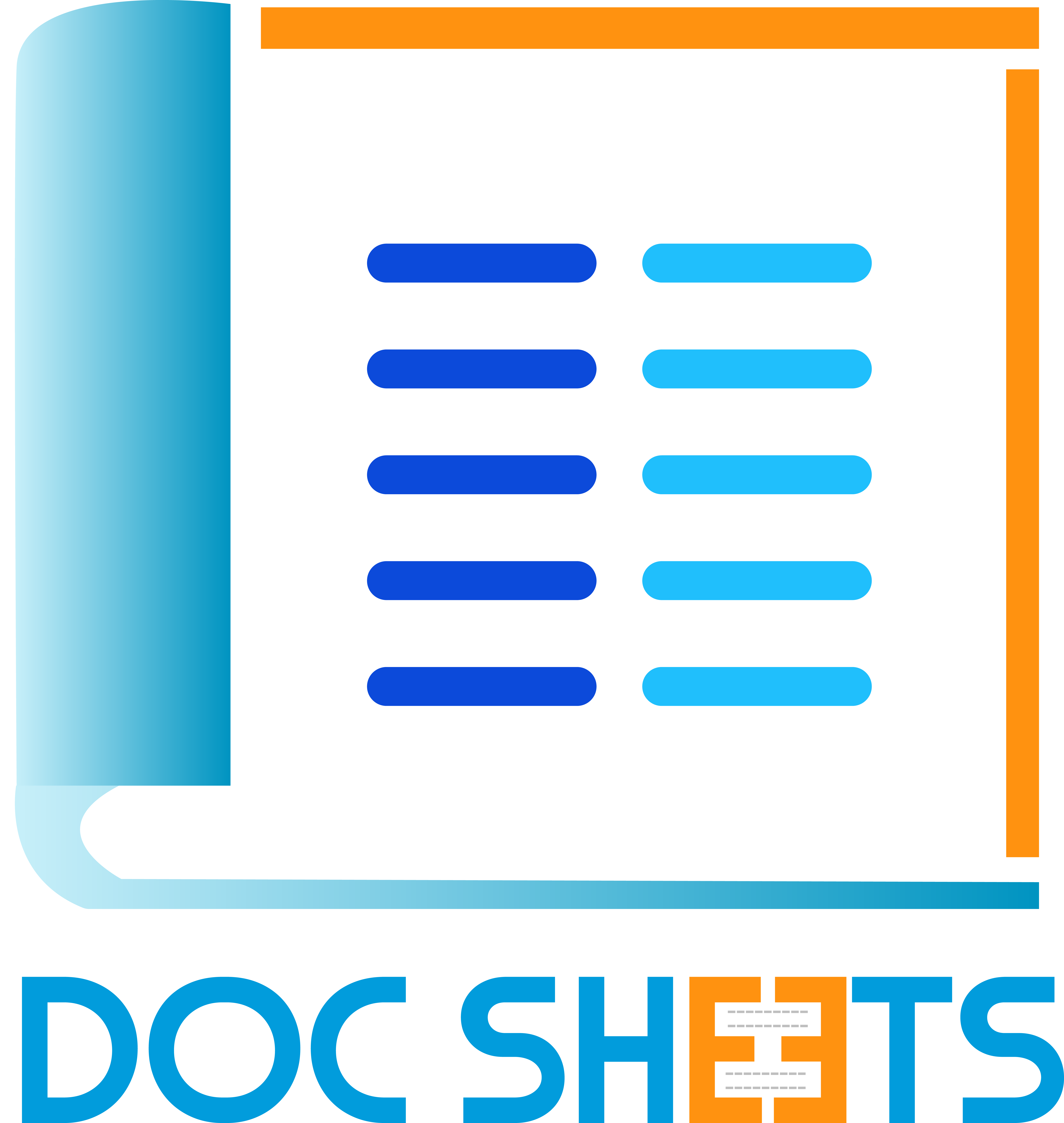Requirements documentation refers to the process of creating and maintaining written documentation of the requirements that a software development project must fulfill. This documentation typically includes a list of functional and non-functional requirements, as well as any constraints or assumptions that have been made about the project.
Requirements documentation is an integral part of the requirements management process, as it helps ensure that all stakeholders have a clear understanding of what the project is intended to achieve and what is and is not included in the project’s scope. It can also help identify potential conflicts or discrepancies in the requirements and provide a reference point for verifying that the final product meets the required specifications.
There are many different ways to document requirements, including natural language documents, flowcharts, diagrams, and formal specifications written in a specialized requirements language. The choice of approach will depend on the project’s needs, the complexity of the requirements, and the stakeholders’ preferences.
- Requirements documentation should be clear, concise, and easy to understand, and you should avoid using technical jargon or ambiguous language.
- It should be kept up to date throughout the project to reflect any changes or additions to the requirements.
- It should be accessible to all relevant stakeholders, including developers, testers, project managers, and end users.
It should be reviewed and approved by all relevant stakeholders before the project begins to ensure everyone is on the same page. - It should be used as a reference throughout the project to ensure that the final product meets the required specifications.
- It should be stored in a central location, such as a requirements management tool or a document management system, to ensure that it is easy to access and maintain.
- It should be tested and validated during the project’s testing phase to ensure that the final product meets all the documented requirements.
Why should you use software for requirements documentation?
There are several benefits to using software for requirements documentation:
Improved organization: Software tools can help you organize and manage your requirements in a structured and systematic way, making tracking and reviewing them easier.
Enhanced collaboration: Requirements management software tools can facilitate collaboration among team members, allowing them to access and update the requirements documentation in real time.
Enhanced traceability: Software tools can help you trace the relationships between different requirements, helping you understand how changes to one requirement might impact others.
Improved visibility: Using software can make it easier for stakeholders to access and review the requirements documentation, helping ensure everyone is on the same page.
Enhanced flexibility: Software tools can allow you to customize your requirements management process to suit your specific needs and can be easily updated as those needs change.
Overall, using software for requirements documentation can help you streamline your requirements management process, improve communication among team members, and ensure that the final product meets the needs of all stakeholders.
- Many software tools are available for requirements management, ranging from simple spreadsheet programs to specialized requirements management tools. Your team’s specific needs and preferences will determine the right tool for your project.
- Some requirements management tools offer additional features, such as the ability to link requirements to test cases, track changes to requirements over time, or generate reports on the status of the requirements.
- Some tools are designed to be used in specific industries or contexts, such as automotive engineering, medical device development, or defense contracting.
- Some tools are designed to use specific software development methodologies, such as agile or waterfall.
- When choosing a requirements management tool, consider the tool’s cost, ease of use, integration with other tools, and ability to meet the specific needs of your project.
